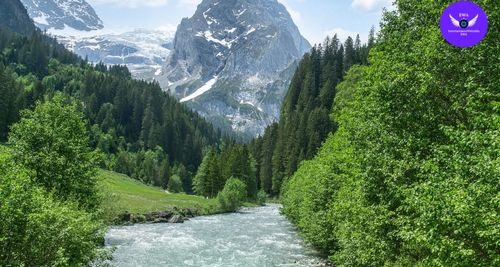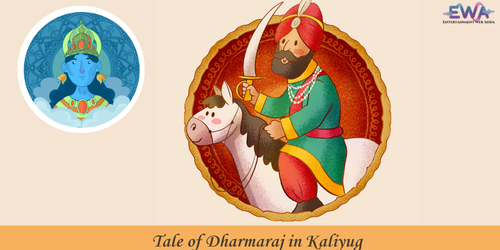Ganga River Myths, Legends, and Its Purifying Power
Ganga River
In India, the Ganga River, sometimes referred to as the Ganges, is more than just a river; it is a representation of cultural legacy, divine might, and spiritual purity. The Ganga, a river that runs through the center of India, is revered as a goddess by millions of people. This blog examines the Ganga River’s myths, stories, and purifying properties in addition to providing pertinent information on its location, length, history, and map.

Ganga River Map and Location
The Gangotri Glacier in the Indian state of Uttarakhand is the source of the River. Before draining into the Bay of Bengal, it passes across the northern plains of India, passing through important cities like Haridwar, Varanasi, and Allahabad (Prayagraj). The river passes through West Bengal, Bihar, and Uttar Pradesh, among other states.
Here is a simple outline of the Ganga River’s journey:
- Start: Gangotri Glacier, Uttarakhand
- End: Bay of Bengal
- Major Cities Along the Way: Haridwar, Varanasi, Prayagraj, Patna, Kolkata
Where Does the River Start and End?
The Gangotri Glacier, which is located at an altitude of roughly 7,100 meters in the Himalayas, is where the River starts its voyage. The name Gaumukh, which translates to “cow’s mouth,” refers to the location where the river leaves the glacier. The Ganga River travels for over 2,525 kilometers in a southeasterly direction before joining the Bay of Bengal.
Ganga River’s Length
The River is around 2,525 kilometers (1,569 miles) long overall. As a result, it is the longest river in India and among the most important rivers globally in terms of both geography and culture.

Ganga River History
India’s history and the history of the River are intricately linked. The Ganga has fostered cities and civilizations along its banks for eons, serving as the progenitor of civilization. It is described as a sign of purity, life, and rebirth in old Hindu texts like the Rigveda, Mahabharata, and Ramayana.
Hindu mythology states that the Ganga came to earth from the sky in order to save and purify the spirits of the dead. The Ganga goddess, who is venerated for her ability to atone for sins and bestow moksha (freedom), is frequently personified as the river.
The Kalu Ganga River's condition
It’s crucial to bring up the Kalu Ganga, a tributary of the Ganges, when talking about the Ganga. There is sometimes confusion between the Ganga in India and the Kalu Ganga in Sri Lanka. It is a different river, though, and has different religious importance. The southern portion of Sri Lanka is traversed by the Kalu Ganga, which is mostly utilized for irrigation and agriculture.






